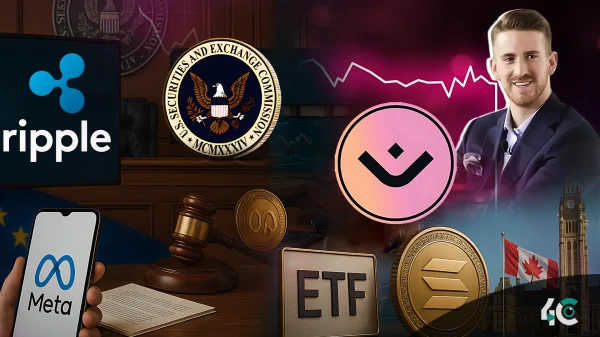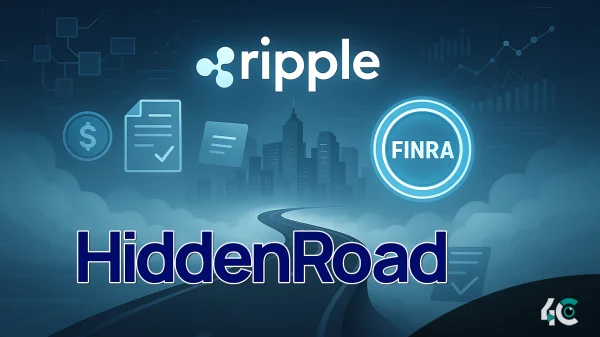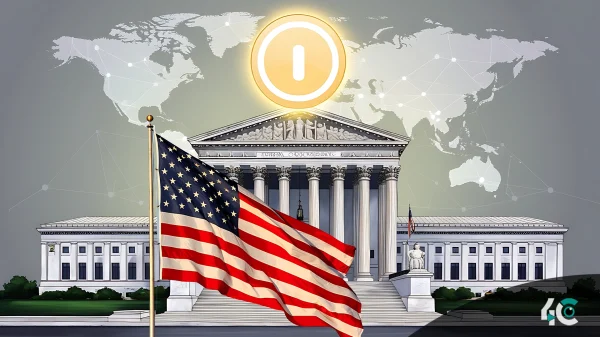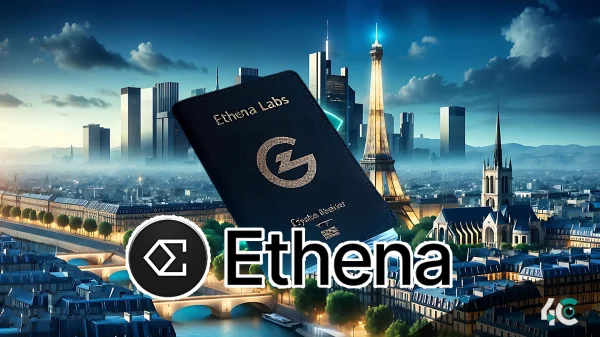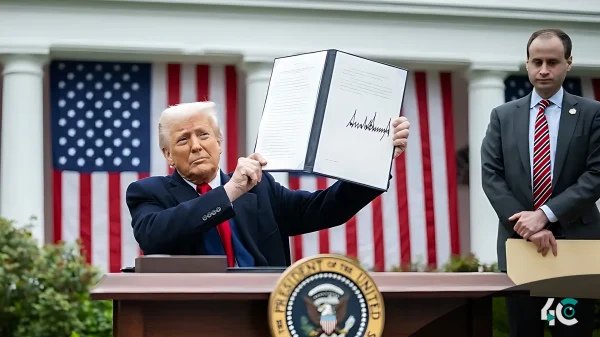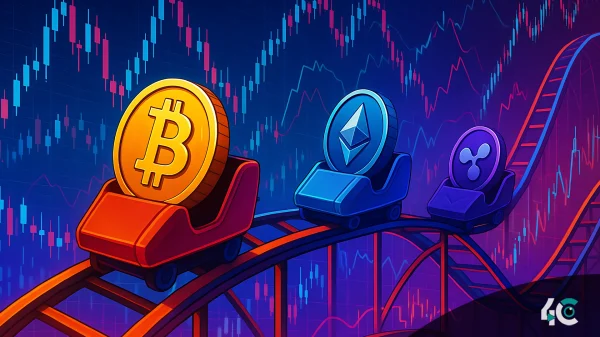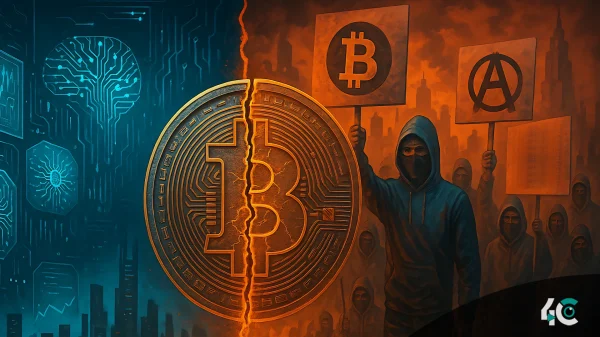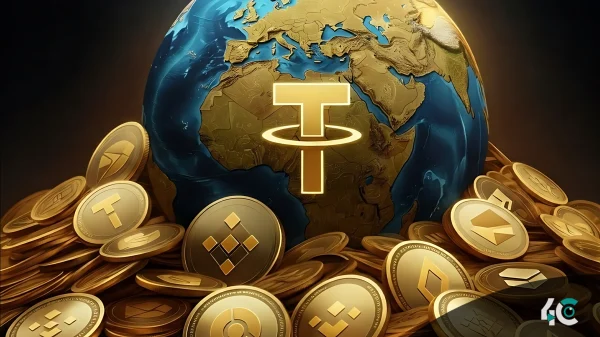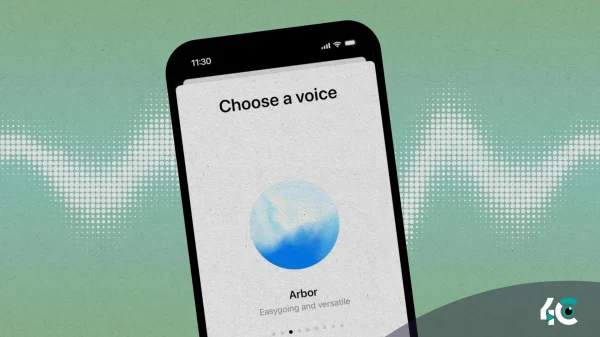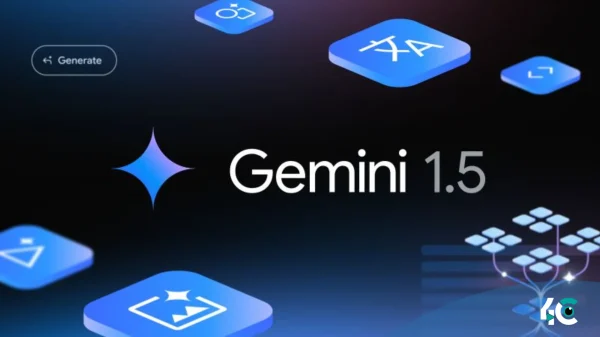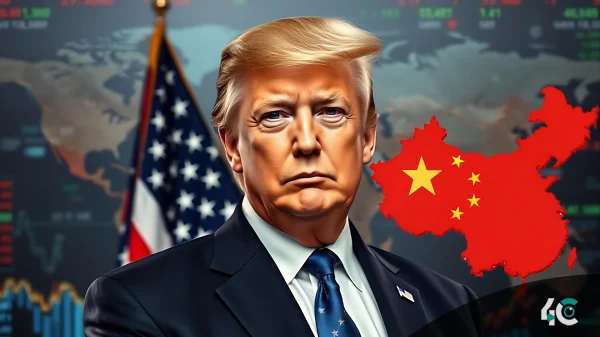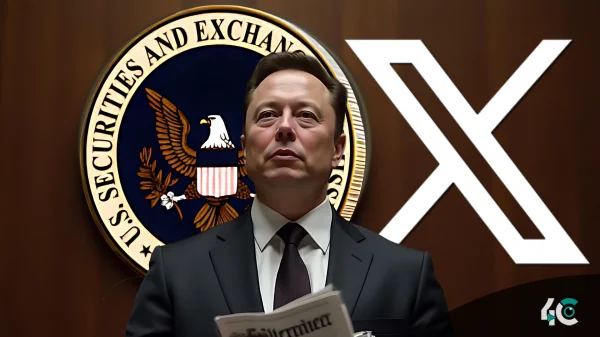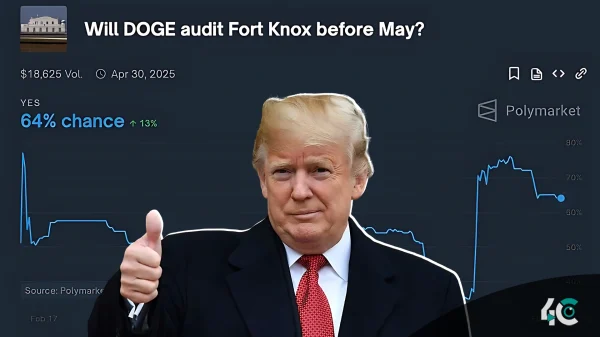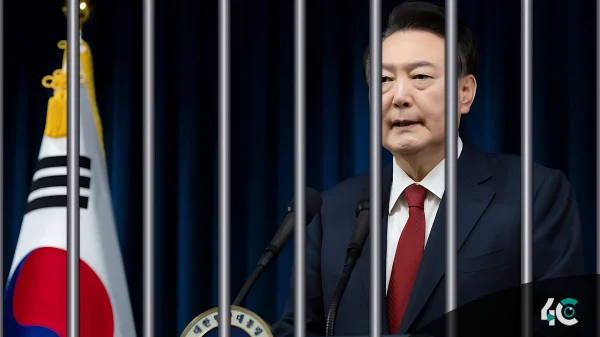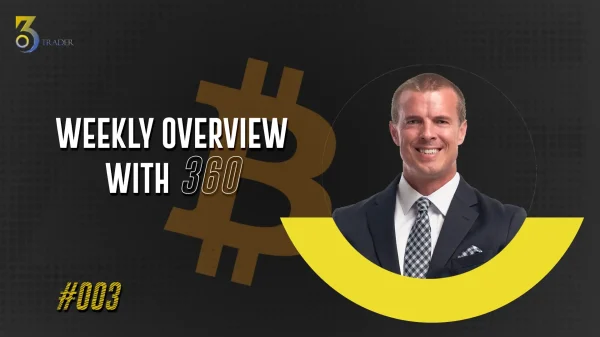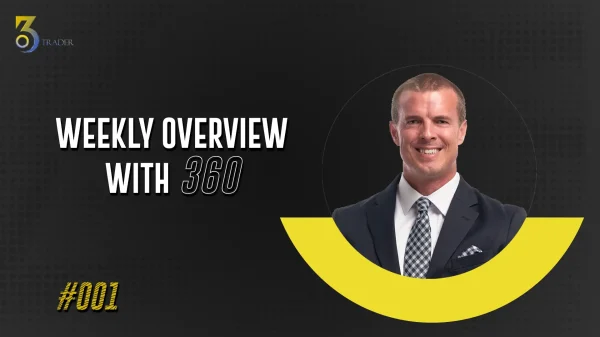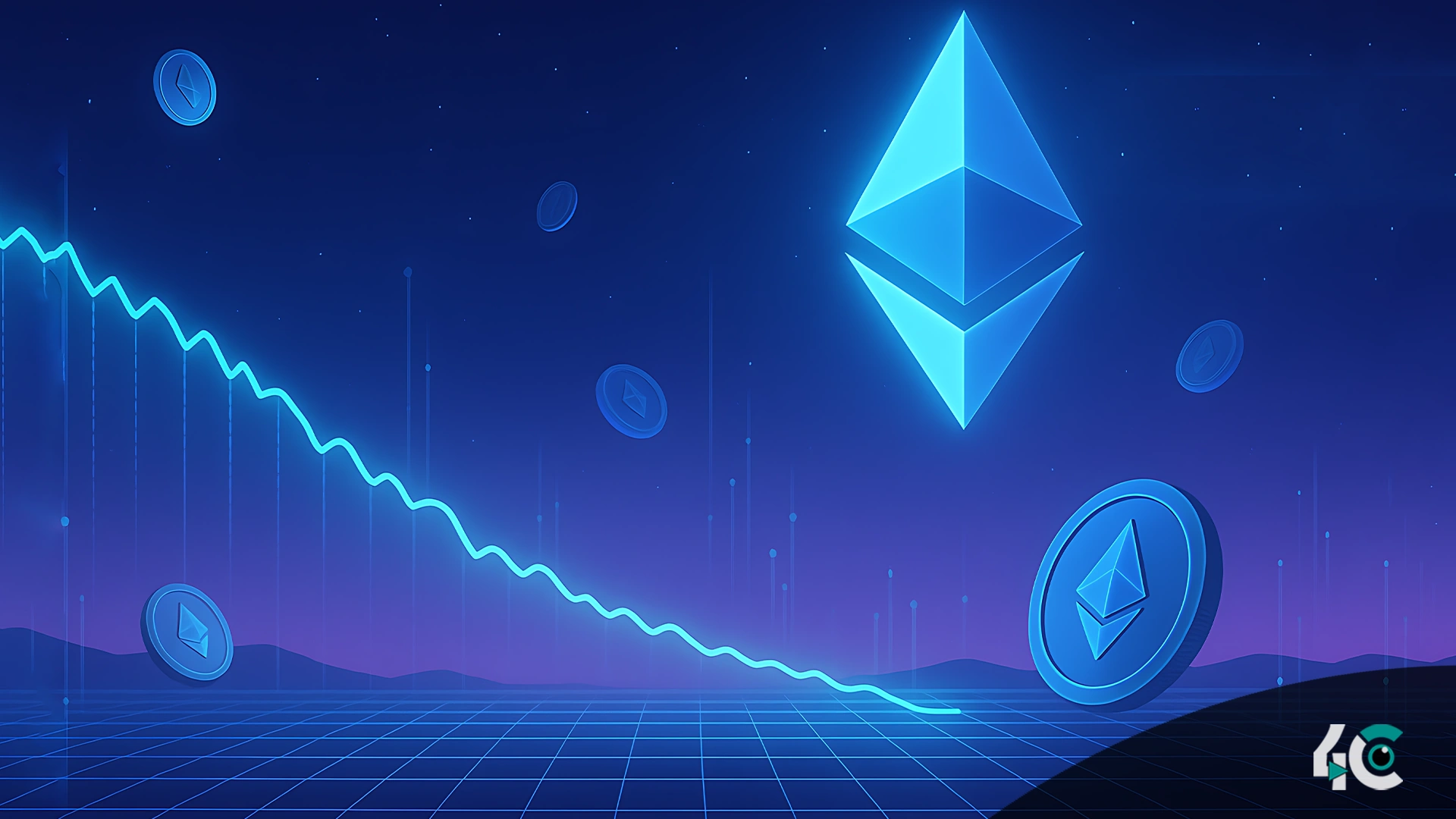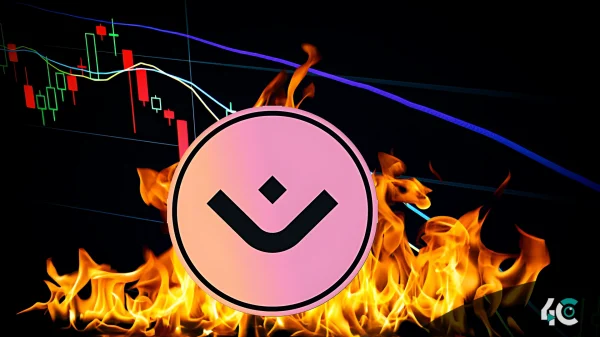The Ethereum transaction fees have plummeted to their lowest levels in five years, with average transaction costs dropping to approximately $0.80. This significant decrease follows the Dencun upgrade, which introduced “blob” transactions to enhance scalability and reduce data storage costs on rollups. Additionally, the migration of users to Layer 2 solutions like Arbitrum, Optimism, and Base has alleviated congestion on the mainnet, contributing to the reduced fees. While these developments have made Ethereum more accessible, they also raise questions about the network’s future dynamics and fee structures.
Ethereum Fees Drop to Historic Lows.
Ethereum users are paying the lowest transaction fees in five years, with the average cost hovering around $0.17. The massive drop is because network activity has significantly decreased. Now, fewer users are transferring ETH or using smart contracts.
Fees are down because of Ethereum’s supply-and-demand model for processing transactions. When fewer users compete for space in a block, transaction prices start dropping naturally. Although this is somewhat helpful to the users, it is a sign that the network is becoming less active.
Cautious Market Sentiment.
The current downfall suggests a risk-averse approach among traders due to economic uncertainty and recent developments. Ethereum’s price hasn’t been doing so well lately, as it has declined by more than 12% in two weeks. Many investors appear to be taking a cautious approach, delaying their re-entry into the market.
People are being careful, which has slowed down network activity. Shortly, when it is time for its turn, things will improve as per the roadmap.
🚨💸 BREAKING: Ethereum fees are at a 5-year low, with transactions currently costing just $0.168. This is the cheapest daily cost of making $ETH transfers since May 2, 2020. We briefly break this down in our latest insight. 👇https://t.co/fg5CfRgsHn pic.twitter.com/QlLwyzdm1F
— Santiment (@santimentfeed) April 16, 2025
The Pectra Upgrade is a Game-Changer.
On May 7, Ethereum will put on the mainnet the Pectra upgrade, which is going to improve the network. This upgrade is set to effectively double the data blob capacity on layer-2 networks for effective execution and results in one more reduction in the cost and overall functions of the network.
A key feature of Pectra is that you will be able to pay fees in stablecoins like USDC and DAI. This new feature lets you command more freedom and lessen the blow-up costs while staying pocket-friendly.
The upcoming upgrade will also significantly boost the maximum ETH staking limit from 32 ETH to 2,048 ETH. This change will help in attracting bigger validators while adding security to the network and giving incentives to institutions.
The second phase of Pectra will enhance data storage and scalability and is likely to take place by late 2025 or early 2026. These improvements can make Ethereum a stronger and better platform for DApps and layer 2 options.
A Foundation for Future Growth.
The Ethereum network has already experienced almost half of its price drop from here. The Pectra upgrade is an important move to make the ecosystem scalable and cost-effective enough to spark a renewed interest.
Currently, low fees provide users and developers with the opportunity to take advantage of Ethereum’s enhanced infrastructure without paying much. If a reversal in market sentiment takes place and adoption picks up, then Ethereum could bounce back, cramming many with its amazing update.
Conclusion.
The gas prices for Ethereum are at an all-time low. Investors are more careful. The dawn of a new era may soon become a reality thanks to the new Pectra upgrade that promises to lower costs, enhance efficiency, and expand scalability.
By improving infrastructure and innovating, Ethereum is continuously enhancing itself and maintaining an important position in the blockchain sector. The sluggishness we’re experiencing may continue for now, but the foundation being developed today could trigger a new wave of adoption and growth in the coming months.
The Pectra upgrade reminds both die-hard Ethereum fans and skeptics alike that, even when things look stagnant, stuff is being worked on all the time. The adaptability and innovation of the network make it a key component of the decentralized future, prepared to fulfill the needs of the upcoming digital economy.




